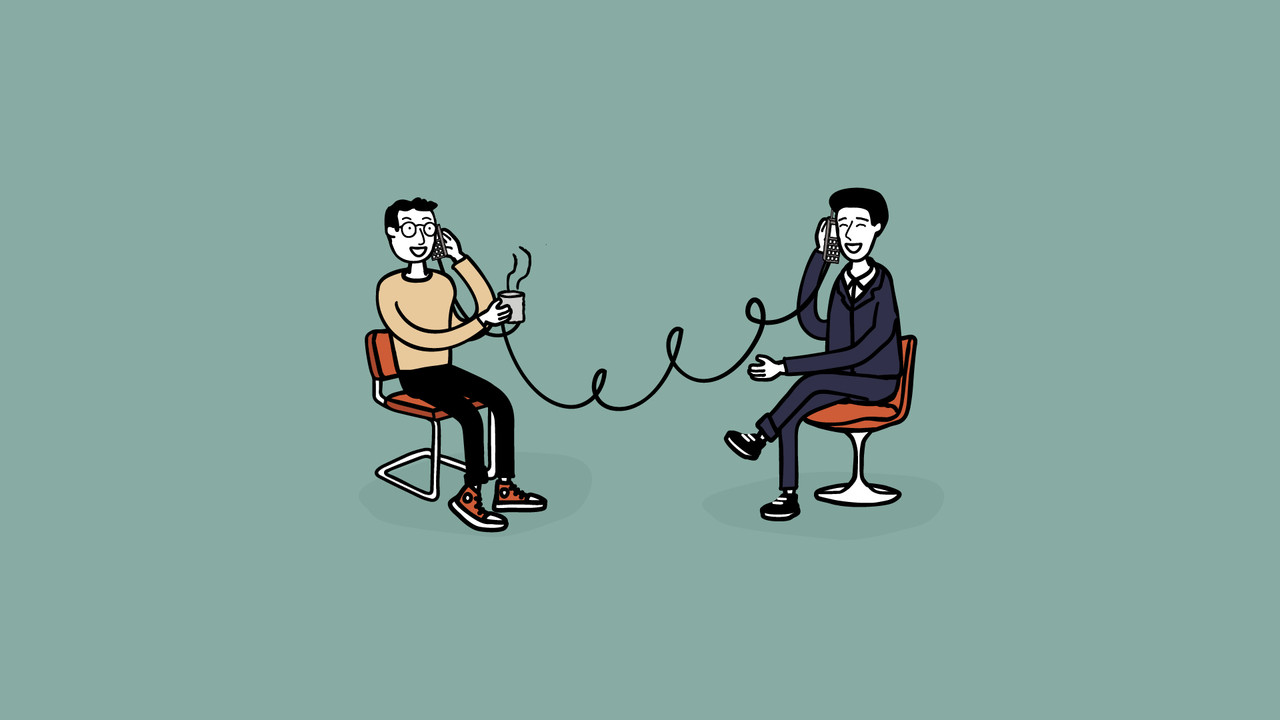Relationships And Sales Engineering: A Synopsis of Chris White's Six Habits

I was recently challenged to read “The Six Habits of Highly Effective Sales Engineers” by my SE mentors, Patrick Pissang and Simone Schuettler, and in the spirit of Chris White’s advice from the book, I’m going to place the most important habit first: Partner with your sales counterpart. To me, a good partnership involves maintaining a good relationship.
I’d like to extend this habit further and say that developing quality relationships, from the account executive(s) on your team, to the target end users and decision makers of your prospects, will allow you to develop into an excellent sales engineer.
But how exactly do relationships play out in the field? Let’s examine each habit from the book to see:
Habit # 1: Partner

It’s impossible to stress just how critical a strong relationship with your account executive is. The best way to think of this relationship is as a partnership. You’re a part of a team, you have a role to play, and the same goes for the AE. One of the best ways to maintain a good relationship and keep deals moving forward is to establish and Follow a process. By following a process, arbitrariness and confusion is mostly removed as there is a defined way to do things. When responsibilities in a team are clear, the team is able to work more harmoniously.
For example, an SE should be upfront about the importance of hosting a discovery call before crafting a demo. This requires communication and understanding from the AE so that they don’t schedule demos that aren’t optimal and may kill a deal. This communication and understanding can only happen when there exists a strong relationship between both parties.
Habit # 2: Probe

Probing refers to the Technical Discovery Call that should ideally happen before the demo. The call should hopefully of what you should SAY, SHOW or DO during the demo.
To perform well during a technical discovery call, Chris White reminds us that we shouldn’t bombard our prospect with unengaging questions that ultimately turns the call into an interrogation session. Instead, a good way to start would be to say something along the lines of:
“My partner mentioned that you’re trying to solve X problem. Would you give me a brief overview of the project in your own words so that we’re on the same page?”
A critically important step is the next question should relate to something from the overview just provided. The following question should include the response from the previous question and so on. By engaging with the prospect in this way, the call transforms into a conversation, which should allow you to grab more of the details needed to position your solution well during the demo.
Where exactly do relationships fit in here? Well, something else to be aware of during the call is knowing if your selling to vs selling with. If you're selling to someone, you’ll likely have to sell them on the capabilities of the tools. If you're selling with someone, they’ll help us figure out how to sell to their organization. A good discovery call could be the launchpad to form a relationship that turns a sell to into a sell with.
Habit # 3: Prepare
This seems quite straightforward. Why wouldn’t an SE prepare for an important demo? The issue with preparation in this context isn’t about not preparing, but rather preparing incorrectly.
There’s alot that goes into a demo, but one of the best ways to anchor it is to have a demo script and demo content. A demo script refers to what we’re going to say and its structure, while demo content refers to what we’re going to show. I like to think of the demo script + demo content as a movie in that I wouldn’t start filming a movie without a good script. In the same vein, you should start building content until a demo script has been generated.
A compelling visual that Chris uses to think about efficiency involves The Rule of the Capital T. In essence, you want to go broad enough to cover all the requirements (the top of the T), but only ankle deep in customization(the Body of the T). If you spend too much time “under the hood” on configuration/content that the prospect will never see, your visual becomes more of an iceberg.
Preparing for a demo gives you an opportunity to maintain a good relationship with your AE. As an SE, you might feel strongly about a technical approach which your AE may not be too keen on. It’s important to remember that ultimately they own the opportunity. If a disagreement does occur, particularly if you continue to feel passionate about an approach, they do have the final say. By acknowledging and understanding this, you’ll be less likely to take things personally. Maintaining that good relationship with you AE over a long period of time is crucial to efficiently close deals.
Habit # 4: Practice
You don’t want to experience any surprises on demo day, so it’s imperative to practice.
You’ll want to click through the demo to make sure there are no surprises, paying particular attention to the portions of the demo that you believe will cause the most excitement. Also, perform a dry run with your AE.
These are a couple things you can control but something you don’t have as much control over is being asked a question which takes you down an unplanned path. A typical scenario could involve a question being asked relating to an untested feature of the software.
What do you do? Well, first you try providing a verbal answer. If the prospect is unsatisfied and continues to push it, determine if you have enough confidence in the untested feature to click through it a couple of times. If the pressing continues, and you have a good relationship with your AE, they should step in to assist you as well.
There is no such thing as a perfect demo, so if something goes wrong, which will happen during a demo, it’s imperative that you remain calm and confident.
Habit # 5: Parts I & II: Perform

Chris White reveals a striking reality that the best product doesn’t necessarily win, but more often than not the best demo does!
Fortunately, he does provide us a few powerful techniques which will allow us to perform the best demo we can. These techniques include getting agreement from the audience upfront, to being aware of the groups that comprise the audience of the demo. Chris also takes his own advice by suggesting that we demo the most compelling portion of the presentation first. That way we capture the attention of the audience immediately.
Finally, we’re coached on how to answer questions. An important skill to practice is how to say no without saying no. How exactly would one go about doing this? By asking for continued clarification. Quite often, the prospect’s conception of a subject is different from yours in a way which you can transform a no into a yes.
Executing habit 5 also provides an opportunity to build relationships. Oftentimes when you present your demo, the room, or zoom call, will include a few different actors from the prospect’s company. These representatives of the company may include decision makers, technical experts and users of the product. Use the demo (and the subsequent QA session) to continue to build relationships. Of course, the primary focus should be on displaying your solution to those in attendance, but building relationships should always be in the back of your mind here.
Even if the business your presenting won’t end up utilizing your solution, you’ll walk away from the demo with a stronger relationship with those in the room, and these relationships may decide whether you’ll be able to convert the company in the future.
Habit # 6: Perfect
Chris White isn’t suggesting that we try and prepare for every scenario that may emerge during a demo. Instead he encourages consistent practice and improvement. To improve upon your demos, observe the audience to see what works and what doesn’t. A good relationship with the members of the sales team pays dividends here as well as you should circle back with them often to communicate about what works and what doesn't.
Written By Faizan Khan.